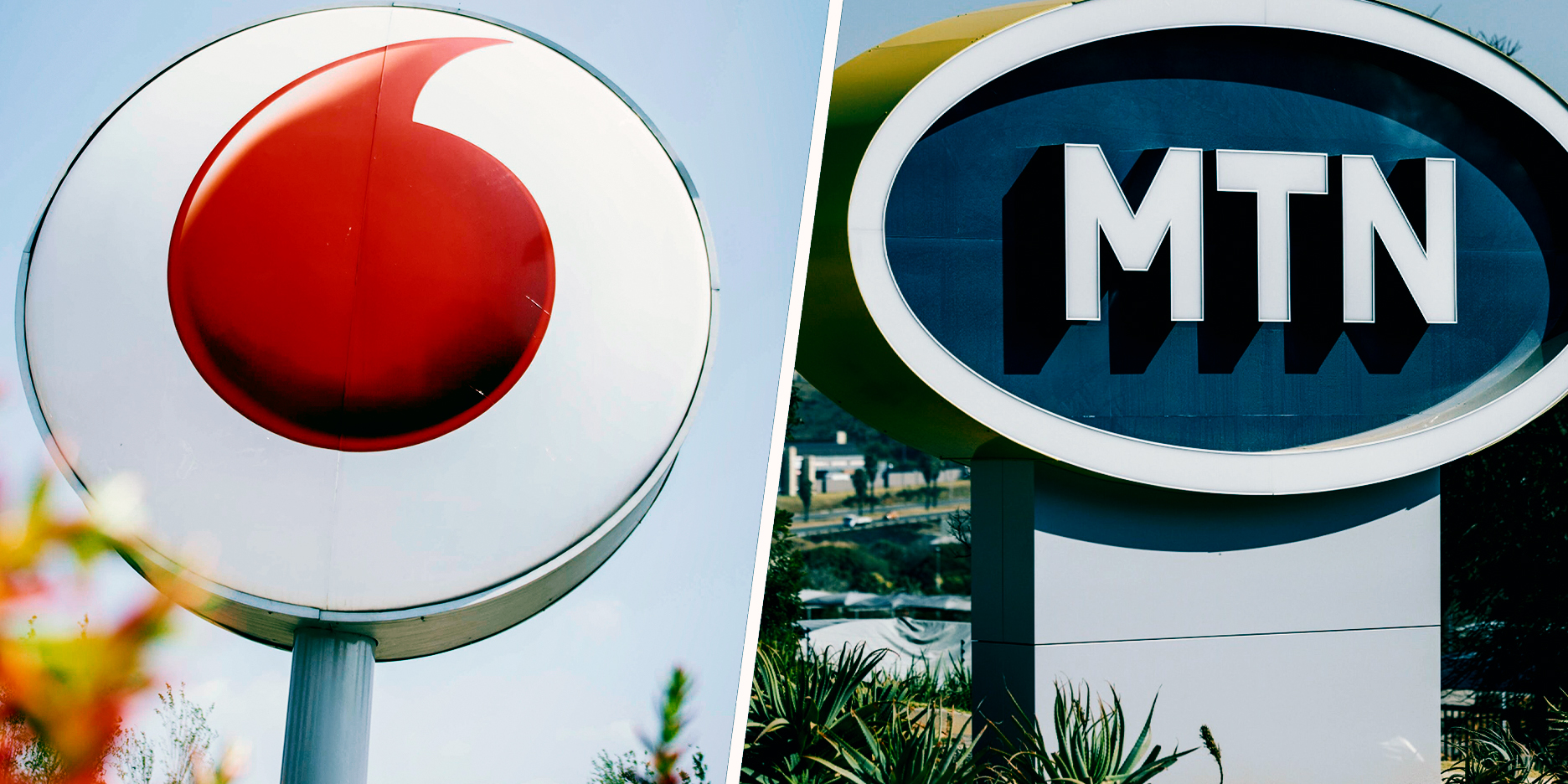Leapfrogging is simply the process of applying technology at its current stage of development, which can obviate the expense of going through all the prior stages. The result can provide an efficiency advantage to the newcomer, who doesn’t have to carry the weight of the redundant, previous systems.
Perhaps the best modern example is how so much of the world and most of Africa has gone from practically no telephones to mass cellphone usage without having to go through the tedious process of putting up copper wires everywhere. So it doesn’t surprise me that there is another leapfrog taking place, or potentially taking place, and that is cellphone companies making deep inroads into the financial services sector, particularly and perhaps unsurprisingly, in Africa.
This is somewhat of a familiar story, but it’s really building up steam. Much of the trend started with M-PESA in Kenya – the money-exchange system that cell company Safaricom initiated. But the other cell companies have jumped on the bandwagon and it’s amazing to see how developed it is becoming.
The change was visible in MTN’s latest results, where for the six months to the end of June 2024, MoMo (MTN mobile money) grew the number of customers who actively use the service to around 66 million, compared to some 22 million five years ago. It hasn’t grown much numerically over the past few years, but the really eye-popping statistic is the amount of cash that is changing hands: $150-billion from 9.7 billion transactions, an 18% increase.
Grand plans
So of course, MTN has grand plans for the segment and its stated goal is now to generate about 20-30% of group revenue from fintech in the medium term, which would be 2x or 3x ahead of its current level. In some ways, there is a race going on within cellphone companies between the more or less static old business, which is large and lumbering, and the new business, pegged to fintech.
All cell companies around the world are struggling with declining voice volume and a very competitive race for improved data speeds, which require heavyweight capex.
So, as attractive as the potential of fintech is, that has to be balanced against cumbersome problems in other aspects of the business, which include arbitrary government intervention.
But let’s just delve a little into the fintech businesses for a moment. So what does this fintech book look like? You would be amazed.
For one thing, conversion rates are very good. Safaricom has 44 million customers and 32 million M-PESA customers – almost everybody on the network. M-PESA is now doing some 28.33 billion transactions a year, with a value of around $300-billion. Around a million businesses now accept payment in M-PESA.
Added platforms
The number and type of platforms that are running on the system are increasing fast; I suspect there is a lot of partnering going on in the background. M-TIBA, for example, is a health insurance platform with about four million people on it. There is also an M-PESA Global Pay, linking with Visa for credit and debit card online payments. Fuliza provides overdrafts. Then a small business registration system allows payment in M-PESA and M-Shwari is a microlending product. What is this? It’s a lot more than a bank.
MTN is behind in the transaction tables, but it has the big advantage that it is physically present in more African countries than Safaricom, even taking into account the Kenyan business’s links with Vodafone and indirectly with Vodacom. Its other big advantage is cross-border “remission” payments, which are pretty huge in Africa, and I suspect much more profitable than ordinary person-to-person transactions.
So how do banks compete against this onslaught? I suspect with difficulty. It’s different in SA, which has a longer tradition of banking and a more diverse market – rather similar to most of the developed world where the new focus of the cellphone business is encouraging content usage. MoMo hasn’t taken off in SA. My guess is that as of now, the cost-return equation in fintech is daunting for cellphone companies in more developed markets.
But never say never. DM





